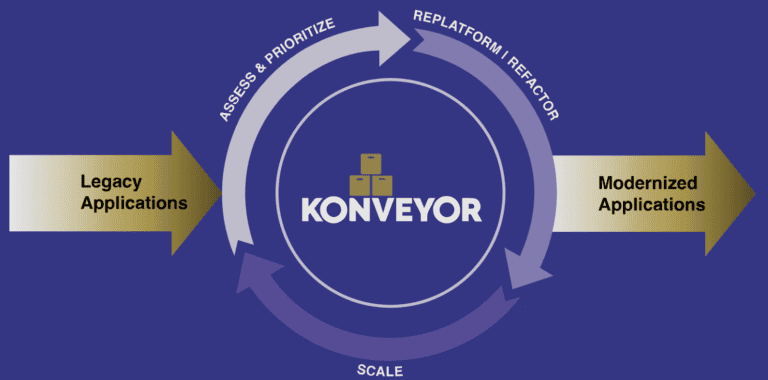Red Hat has released version 0.1 of Konveyor AI, a new tool that integrates generative AI into the migration of applications to cloud-native environments. This technology, also known as Kai, combines large language models (LLMs) with static code analysis to make upgrading existing applications more accessible and cost-efficient for developers.
Konveyor AI is a new part of the open-source Konveyor project that Red Hat developed with the community. By adding generative AI to the existing migration toolkit, Red Hat wants to simplify modernizing applications for cloud environments significantly.
AI-driven modernization in practice
The new tool integrates generative AI with analysis technology to accelerate modernization tasks directly in the development environment. By combining LLM with structured migration data, developers can automate source code suggestions, gain insights from previous transformations, and reduce the manual effort involved in large-scale migrations.
An important aspect is the use of Retrieval-Augmented Generation, which enriches LLM outputs with historical code changes and analysis data. This ensures that modernization tasks are context-specific. This allows organizations to achieve AI-driven modernization without the need to specifically fine-tune models, making it a powerful tool for large-scale transformations.
New functionalities in Konveyor AI 0.1
The first official release of Konveyor AI contains several important improvements compared to the introduction last year. We have listed them below.
Firstly, the tool offers static code analysis that identifies potential problems when adopting new technologies, such as modern Java frameworks or containers. The platform also keeps a history of resolved modernization problems, which helps with future migrations.
In addition, migration intelligence has been improved with 2,400 predefined rules for different migration paths. Users can also define their own rules for unique scenarios. For developers, a VS Code extension suggests code changes directly in the IDE.
What further distinguishes Konveyor is that it is model-agnostic. Users are not tied to a specific LLM, which offers flexibility in using AI-driven modernization. The platform also relies on ‘agentic AI’ for validated and meaningful AI-generated answers, including validating Maven compilations and dependency solutions.
Users can choose which problems generative AI solves based on the estimated effort required.
Open source and hybrid cloud approach
In addition to the AI functionalities, Konveyor introduces updates that help transfer applications to Kubernetes. A new asset generation function allows users to retrieve application deployments and runtime configurations and then create Kubernetes deployment artifacts.
The new Konveyor AI capabilities are already available. The asset generation function will be available this summer, and Red Hat plans to further improve the application migration toolkit in future releases.
